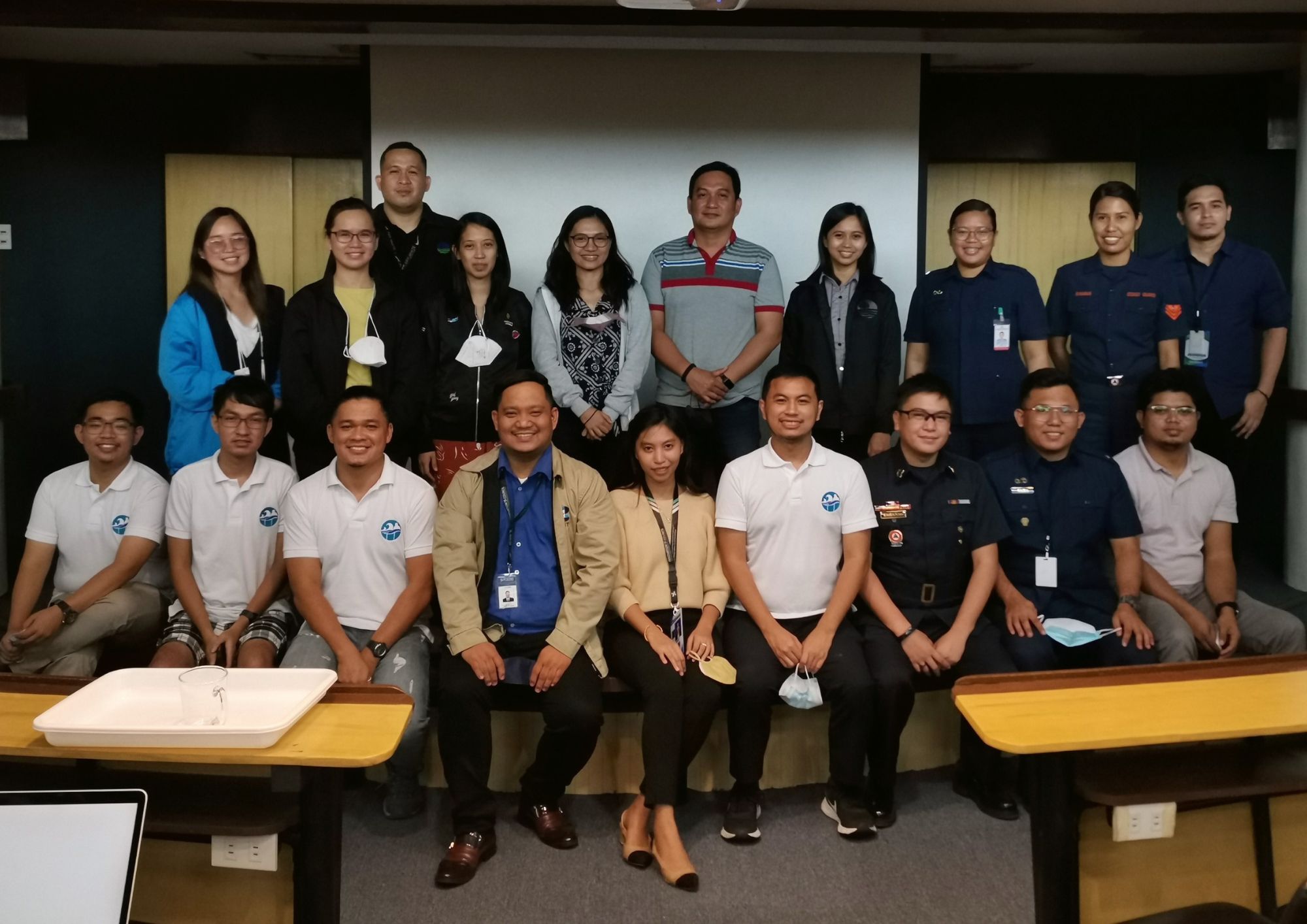As the PlastiCount training program progresses into its second phase, the organizers opted to divide the participants into smaller groups that will undergo more concentrated training modules together. For today’s session, the participants were introduced to several processes and procedures essential to conducting plastics research. This included microplastics research methods, drone imaging utilization and artificial intelligence or AI-based plastics quantification.
Ramgem Luzadas reiterated the plastics problem and why it is imperative to conduct plastics research training. He also facilitated the training on familiarization of microplastics sampling methods, laboratory methods and quantification methods, which can help the participants choose the appropriate method for their studies.
Simultaneously, Engr. Ric Alindayu II facilitated the drone training, wherein participants learned to utilize drones to capture high-resolution images of plastics in the marine and riverine environment. The particular drone that the project will use is also capable of flying fully automated once the particular points have been identified, as well as determine its estimated flying time. Using real-time kinematic technology, drones can accurately record the location and image of plastics in the previously plotted out points. This is a great help in the quantification process because it could cover a lot more area and save a lot of time in the research process of the participants.
Finally, Lance Licnachan facilitated the AI-based plastics quantification training. He instructed the participants on the current methods employed in plastic quantification and elaborated on the pros and cons of using each process to help the participants identify the appropriate method to use for their research projects. One of the main takeaways from this session is this—AI-based technology relies heavily on previously stored information and data. While there is technology currently available to help researchers conduct plastics research easier and faster, technology still requires human intervention to optimize and refine them.
With their newly acquired knowledge from the morning training sessions, the participants revised and finalized their research proposals and presented these, along with their proposed schedule of activities for the next phase of the training program, which is the actual conduct of plastics research. This exercise allowed the organizers to see what has been done, what still needs to be done and how the PlastiCount participants can contribute to plastics research. From the presentations of the participants, it is very apparent that we need more people, agencies and institutions to be involved in plastics research and more importantly—as evidenced by the contiguity of the proposed research projects—those already involved should be more open to share data, collaborate and even work with each other towards a common goal.

